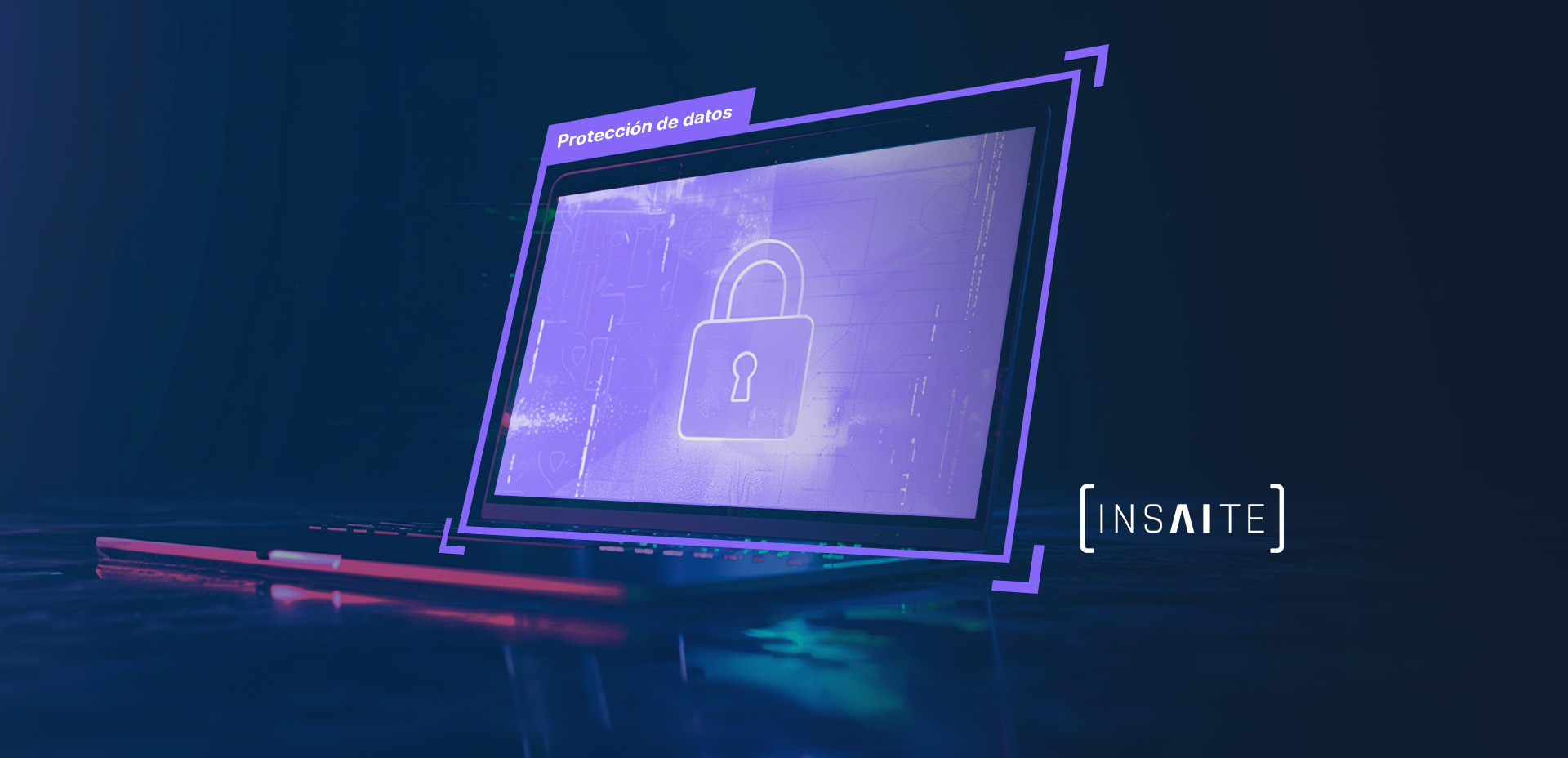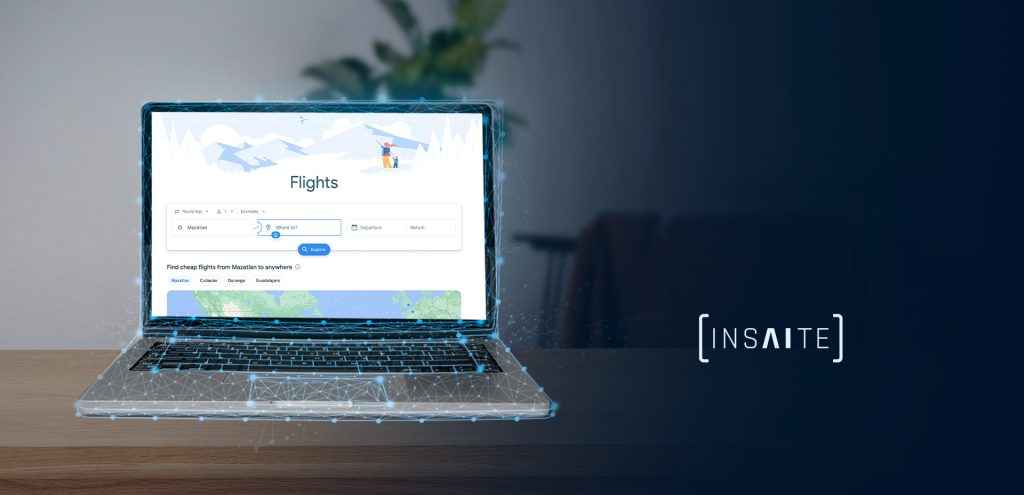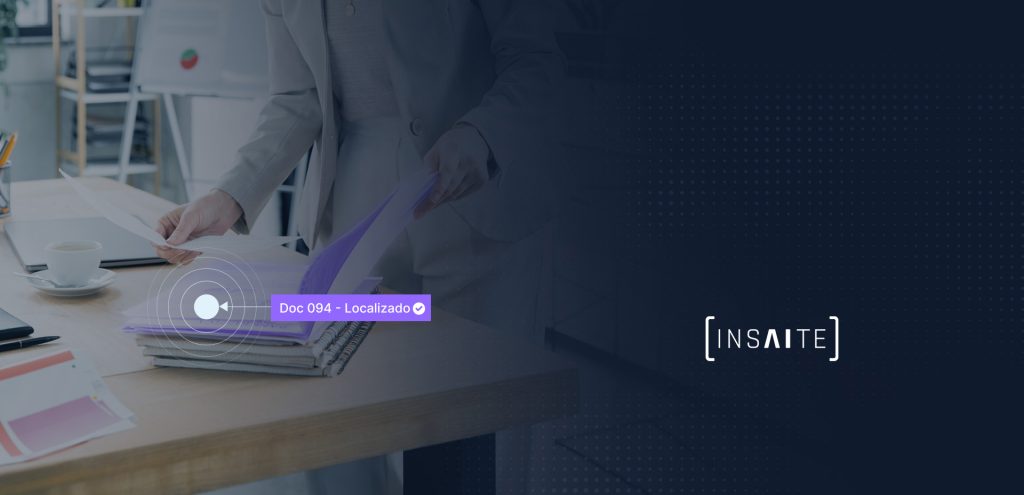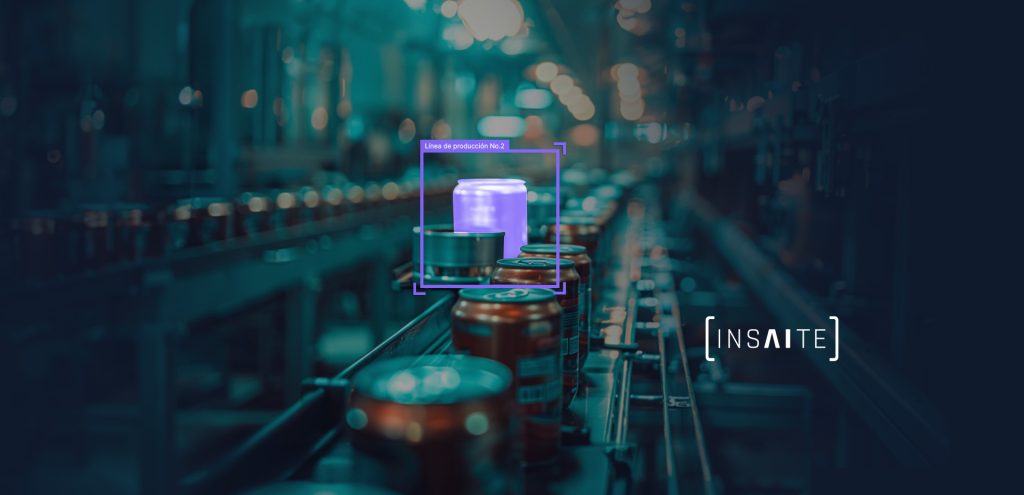In an increasingly digital world, cybersecurity has become a battleground. Cyberattacks, driven by artificial intelligence, have become more sophisticated and precise, putting businesses of all sizes at risk.
According to IBM data, cybersecurity is one of the top concerns for CEOs, even surpassing inflation or competition. In this scenario, AI emerges as a double-edged sword. On the one hand, hackers use it to create more evasive malware, launch more convincing phishing attacks, and carry out stealthier intrusions.
On the other hand, AI can also be a powerful ally for companies seeking to protect their data and systems. In this article, we will explore how generative AI, a branch of AI specializing in creating realistic data, can be an invaluable tool in combating cyber threats.
The Landscape of Artificial Intelligence in Cybersecurity
The rise of connectivity has brought about a digital landscape plagued with risks. In 2023, Mexico became the target of over 14,000 billion cyberattack attempts, accounting for two-thirds of the total recorded in Latin America, according to the Mexican Banking Association and the American Chamber.
These attacks not only compromise users’ digital security but also result in million-dollar economic losses. Mexican companies are estimated to lose between $3 billion and $5 billion annually due to cybercrime, representing a 15% increase over the last three years. The speed of attacks has exponentially accelerated.
Hackers can now execute a ransomware attack in just four days, while cybersecurity teams take up to seven months to detect it and two months to respond. Generative AI emerges as a crucial tool to shorten these response times and more effectively combat threats.
In the following sections, we will explore how this technology can help companies protect themselves in the new cybersecurity landscape.
Major Cybersecurity Threats
Before discussing the potential uses of generative AI to bolster cybersecurity in companies, it is important to identify the main threats used to compromise user data.
- Advanced Malware and Evasion Techniques: Generative AI can be used to develop more sophisticated and difficult-to-detect malware. These new types of malware could:
- Quickly adapt to different targets and environments, bypassing traditional security measures.
- Better conceal themselves in files and systems, making detection more challenging.
- Inject malicious code into legitimate applications, creating backdoors for future attacks.
- Phishing, Social Engineering, and Identity Theft: Convincing content can be created to increase the success of phishing and social engineering attacks. Attackers could:
- Send personalized phishing emails that appear to come from trusted sources.
- Create fake websites that mimic legitimate sites to deceive users.
- Use deepfakes to produce fake videos or audios impersonating real people.
- Reverse Engineering: It could be beneficial for security researchers seeking to identify vulnerabilities in systems, but it could also allow malicious actors to:
- Discover and exploit vulnerabilities more rapidly.
- Develop more sophisticated exploits to target vulnerable systems.
- Bypassing CAPTCHA Tools: Advances in AI have allowed the development of models that effectively bypass these tools. This could jeopardize online services relying on this protection system to defend against automated attacks, such as:
- E-commerce websites.
- Registration forms.
- Online banking systems.
How AI Aids Cybersecurity in Companies
Generative AI not only poses risks to cybersecurity but also offers countless opportunities to enhance the protection of businesses and organizations. Some areas where generative AI can have a significant impact include:
- Threat Detection:
- Analysis of large datasets: Generative AI can analyze large amounts of data from different sources, such as security logs, network traffic, and user behavior, to identify suspicious patterns that could indicate an imminent threat.
- Anomaly identification: Generative AI can be trained to detect anomalies in system behavior, such as sudden spikes in network traffic or unusual changes in user behavior, which could indicate an ongoing attack.
- Early threat detection: The ability of generative AI to analyze large amounts of data in real-time enables early threat detection, providing organizations with a crucial time window to respond and prevent damage.
- Automation of Incident Responses:
- Automated threat response: Generative AI can be used to create automated incident response systems that can isolate compromised systems, patch vulnerabilities, and block attacks in real-time, without the need for human intervention.
- Reduction of response time: Automating incident response can significantly reduce the time it takes for an organization to respond to a threat, minimizing the impact of the attack.
- Human resource liberation: Automating repetitive tasks frees up security professionals to focus on more strategic and high-value tasks.
- Data Analysis and Risk Prediction:
- Historical and real-time data analysis: Generative AI can analyze historical and real-time data to identify patterns and trends that could indicate a higher risk of attack.
- Prediction of future threats: The ability of generative AI to predict future threats allows organizations to take preventive and proactive measures to strengthen their security posture.
- Improved decision-making: The information provided by generative AI can help organizations make more informed decisions about security resource allocation and prioritization of protective measures.
In summary, generative AI is a tool that can be used to significantly enhance companies’ and organizations’ ability to detect, respond to, and prevent cyber threats. Adopting this technology can help strengthen digital security and protect organizations’ critical assets.




